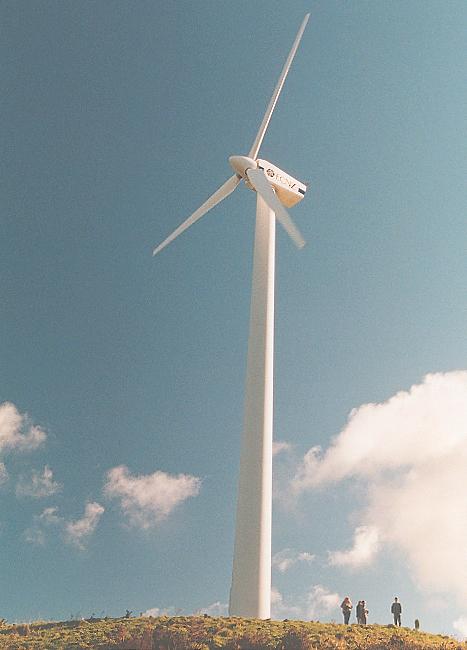Warnings rise over rising seas (Nature, UK)
 The polar ice caps may melt far faster under the pressure of global warming than experts previously thought. New predictions suggest that, without efforts to curb the rise of greenhouse gases, the world's ice sheets could retreat farther by the year 2100 than they have in the past 130,000 years, leading to a huge rise in sea level.
The polar ice caps may melt far faster under the pressure of global warming than experts previously thought. New predictions suggest that, without efforts to curb the rise of greenhouse gases, the world's ice sheets could retreat farther by the year 2100 than they have in the past 130,000 years, leading to a huge rise in sea level.Researchers led by Jonathan Overpeck of the University of Arizona in Tucson and Bette Otto-Bliesner of the National Center for Atmospheric Research in Boulder, Colorado, have looked at a period known as the Last Interglaciation (LIG). At this time, 130,000 years ago, shifts in Earth's orbit caused the Arctic to warm by 3-5 ºC and the sea level to rise by some 5 metres.
The team has worked out how Earth responded to that temperature rise in the past, and asked when a similar shift might happen in the future. The answer, it seems, is surprisingly soon.
Will the sea rise by the same amount as it did before?
"We're not saying it is going to happen exactly the same" as during the LIG, says Overpeck. "If anything this is a conservative estimate of what could happen in the future."
The warming that occurred during the LIG was due to Earth shifting in its orbit and tilting the Arctic region towards the Sun. This time, warming is being caused by greenhouse gases. This means the effect will be seen at both poles, rather than being chiefly limited to the Northern Hemisphere. "This time we're hitting it harder. It will be year-round and global," says Overpeck.
So, what can we expect?
In 2001, the Intergovernmental Panel on Climate Change (IPCC) predicted that sea levels would rise by a maximum of 88 centimetres by 2100. It added that further warming could trigger polar ice-cap melting, which might result in sea-level rises of more than 5 metres by the year 3000.
But Overpeck and colleagues' work, published in this week's Science1,2, indicates that metres of rise could happen much more quickly, potentially within the next 100 years.
Are the ice caps already melting?
Yes. Global warming is bringing an increase in polar snow that is making parts of both Greenland and the Antarctic bulk up, but recent research has shown that this is outweighed by melting (see 'Glacial pace picks up').
Is melting ice the greatest climate threat we face?
Many say that it is. "Changes are happening at a rate that nobody appreciated," says Robert Bindschadler, an Antarctic researcher at NASA's Goddard Space Flight Center in Greenbelt, Maryland. Half of the sea-level rise predicted by the IPCC to occur this century has already taken place in the past decade, he says.
The atmosphere is heating up faster than the seas, which have only warmed by a fraction of a degree since preindustrial times. But changes to ocean circulation will bring warmer waters closer to the surface in polar regions, allowing them to attack the underside of the ice.
What will this do to the world map?
The edges of the ice sheets themselves would retract by hundreds of kilometres; low-lying islands such as Tuvalu and the Maldives look set to disappear; and coastal cities will be forced to beef up their defences or else think about relocating. The financial districts of London, New York and Hong Kong, to name but three, lie barely above sea level.
"I think sea-level rise is a huge threat," says Colin Prentice, who studies ecosystem responses to climate change at the University of Bristol, UK. "As humans, everything we've done is set up for a stable climate. We've built huge cities within a metre of sea level and never thought they would be swamped."

Can disaster be averted?
The kind of sea-level rises predicted by Overpeck and his colleagues seem set to be triggered by atmospheric carbon dioxide levels above about 560 parts per million, double the preindustrial level.
Today, levels stand at roughly 375 parts per million. Staying below the trigger point will be hard but not impossible, says Overpeck. "The problem should be soluble when you look at the amount of money people put into wars and putting people on the Moon."
And there is still quite a lot of doubt about how the future climate will respond. "The climate system is loaded with sensitivity and surprises," says Overpeck. "But it is better we know something about it now and can do something about it."










